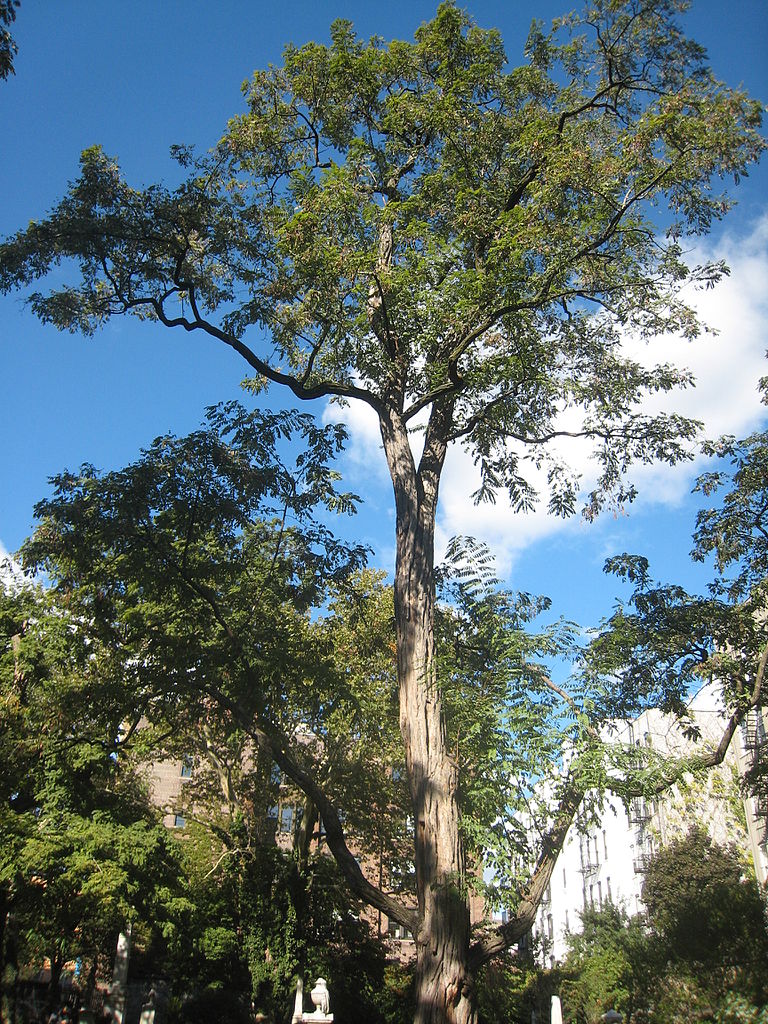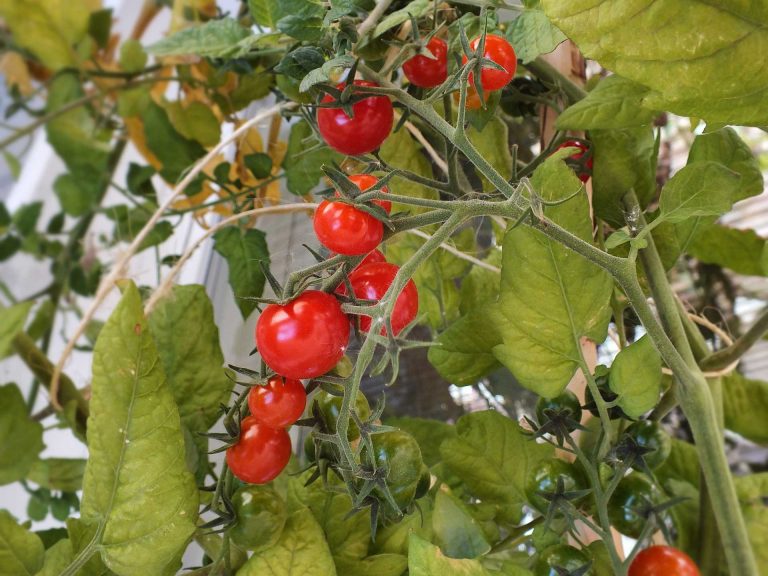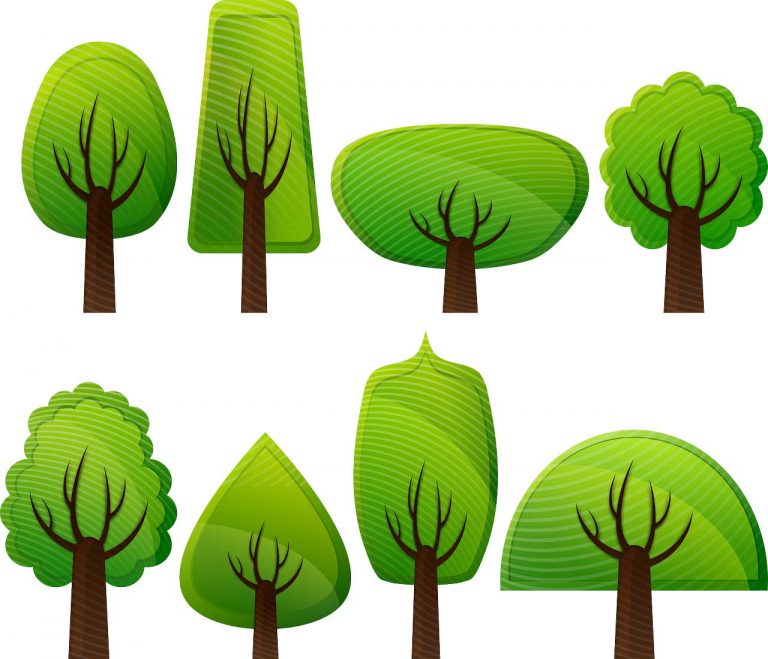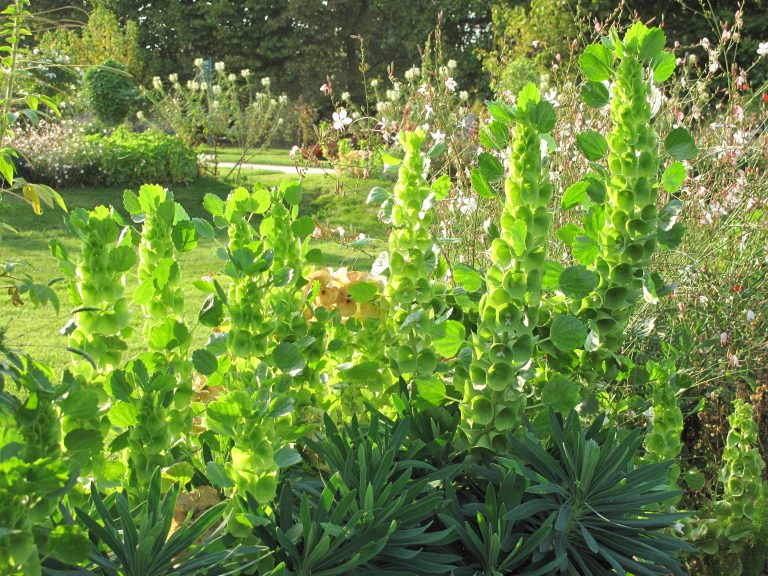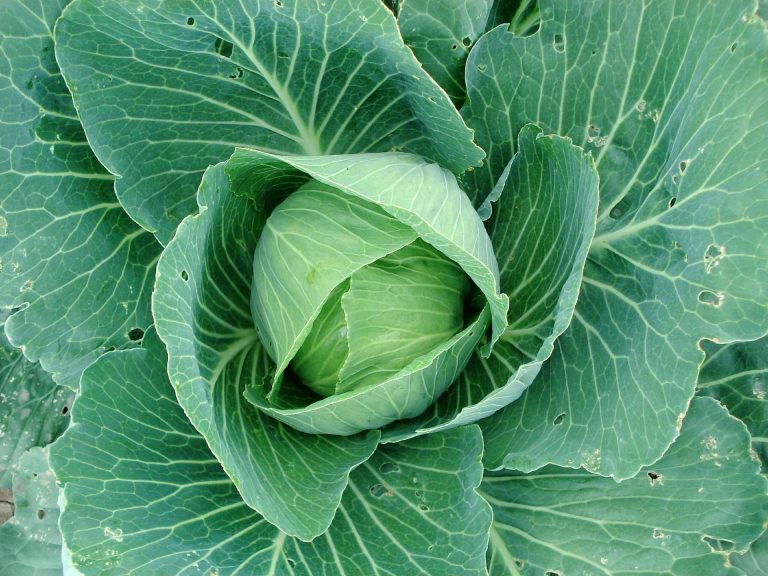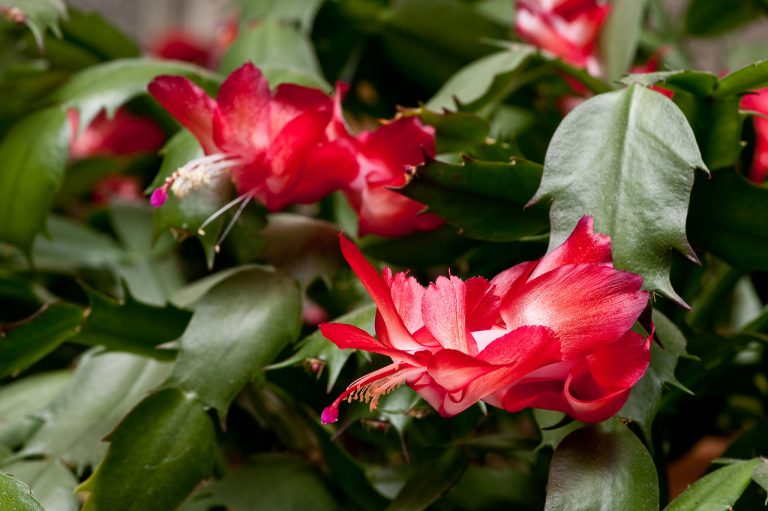Locust Tree
Scientific classification
| Kingdom: | Plantae |
| (unranked): | Angiosperms |
| (unranked): | Eudicots |
| (unranked): | Rosids |
| Order: | Fabales |
| Family: | Fabaceae |
| Subfamily: | Faboideae |
| Tribe: | Robinieae |
| Genus: | Robinia |
| Species: | R. pseudoacacia |
The locust trees belong to the family of a pea, they generate huge clusters of flowers resembling peas. After they blossom in the spring season, they turn into lengthy pods. You are likely to wonder about the name of “honey locust,” the sweet-tasting nectar that is used by the bees to make honey; however, it is a fact the sugary fruit is considered as a feast to the life in the wild. Planting locust is effortless also these trees are well adapted to the roads and lawns.
The Locust trees are regarded as hailing from the Robinia or Gleditsia genera; they belong to the legume group. The majority of the locust trees that are known belong to the honey locust or the black locust tree. These trees are hardwood; they have a speedy growth, below the shady sites and also endure several ecological strains like low quality of soil, adjusting themselves very fast. On account of this distinctive feature, they are regarded as invading varieties in certain regions.
Anatomy
The locust trees attain a height of around 50’ and have a root system that is distinctive. The bark of these trees has a black to reddish-brown hue, and has deep grooves. Despite the fact that some of these varieties have no thorns, most of the locust trees possess pointed thorns on the solid branches growing in pairs. The dark colored foliage of these locusts is alternative, deciduous and are compounded bipinnately or pinnately and become typically yellow during the fall. The black locust tree generates beautiful flowers that resemble pea, cream color, fragrant; the blossoms of the honey locust are small in size, scented, have a greenish-yellow color and suspend in bunches.
GROWING AT HOME
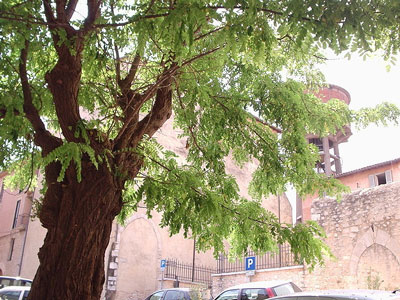
Soil for Planting
The locust trees favor total sunlight and endure the heat that is reflected from the buildings. Generally, the trees grow very fast; however the process of their growth becomes gradual when they experience even slight shade. Supply them with fertile, deep soil, well drained and with moisture. These locusts are adapted to the pollution of the cities and also the salts used to de-ice the roads. These trees are categorized for their hardiness as a hardy tree, sector 4 through 9 by the Agricultural department in the US.
Although locusts are adjustable to the acidic and poor quality of soil, they also prefer soil containing every essential nutrient. Supplement the soil with half a cup of powdered gypsum and a cup of cottonseed meal. Blend it into the soil properly. Provide sufficient water and blend it once again when the water is totally administered. Add a shovel of compost that is sifted, if you prefer.
Planting
Attempt to plant a locust in a site where there was no sound growth of any plant. This enhances its growth.
The vital issue faced by the tree is that it needs sufficient sunshine during the day.
The right time to transplant your locus tree is when the climatic condition is mild in the colder regions during the fall or spring. The best time to plant your locust is in the beginning of spring. It is advisable to begin planting of the trees are when you notice sprouts of spring buds on other plants.
Watering
For the initial year protect from the sprays of salt and properly water your plant. Later on, these trees adapt to difficult situations.
Care
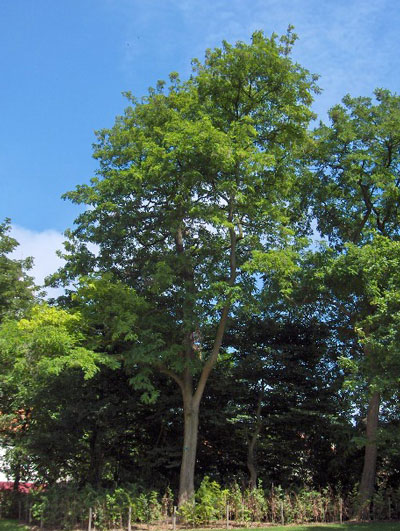
The majority of the locust trees generates sucker that are pointed as long as they live. Discard them immediately when you notice them. Since this tree is a legume there is a false notion that they have a capacity to fix nitrogen but this is not the case. The fast growing locusts need fertilizing regularly with the right proportion of fertilizer. Supply fertilizer uniformly for the trees beneath its canopy and then water the tree.
In order to make the tree bushy, prune your trees at regular intervals. For this purpose, snip almost 6” from the ends of the branches, immediately over the node of a branch or a leaf. This produces a pair of branches shooting out of the joint. To have a new locust tree, shred 2” bark from the base of the clipping.
Pest and Pesticides
The locust trees are robust and resist pests and diseases that affect plants. The wild honey locust is likely to get attacked by a canker; these are at times lethal, the biggest destruction takes place when the wild and domestic animals feed on them. The black locusts are attacked by the black locust borer and leaf miner. The foliage of the tree changes to brown color and on the whole the growth of the trees is not badly affected. The black locust borer carves tunnels along the length of the trunk. This trunk weakens and is susceptible to get damaged by the wind.
In Colorado, you can generally find many mites and insects on the honey locust trees, but the tree is hardly affected by this.
This damage is reduced by one or two applications of insecticides.
Varieties
- Honey Locust.
- Black Locust.
- Impcole’ represents a thornless and compact variety, having a round and dense canopy.
- ‘Shademaster’ is characterized as thornless tree with a straight trunk and excellent tolerance for drought, and exhibits quick growth
Skycole’ represents a thornless pyramidal variety. It does not produce fruit, leading to less cleanup of fall.
Uses of Aspen’s Wood
The Aspen’s wood is of extremely high quality for working on and largely supports the logging industry in the area of the great lakes and right across into Canada. Its characteristics of rapid and abundant growth are a matter of great relief to commercial users of this lovely wood. Apart from its major contribution to the pulp industry, you can find ample use of this wood for use from the manufacture of toothpicks to matchsticks to paneling and even study furniture. Beavers love to gnaw on its barks which are something like a staple food for them. The fact that Aspen wood lacks resin makes it stiff and tough and it does not split if you drive or screw nails into it. Moreover heights of 60 ft. And a trunk of diameter 20 inches plus is certainly a great advantage in the eyes of any woodworker. Working on this wood, carpenters treat as a pleasure, especially as they can use hand tools without fear of the wood giving way. The wood is so workable that you can chisel it to make a statue or use it for Millwork solid paneling or study furniture.

Having discovered a fondness for insects while pursuing her degree in Biology, Randi Jones was quite bugged to know that people usually dismissed these little creatures as “creepy-crawlies”.

